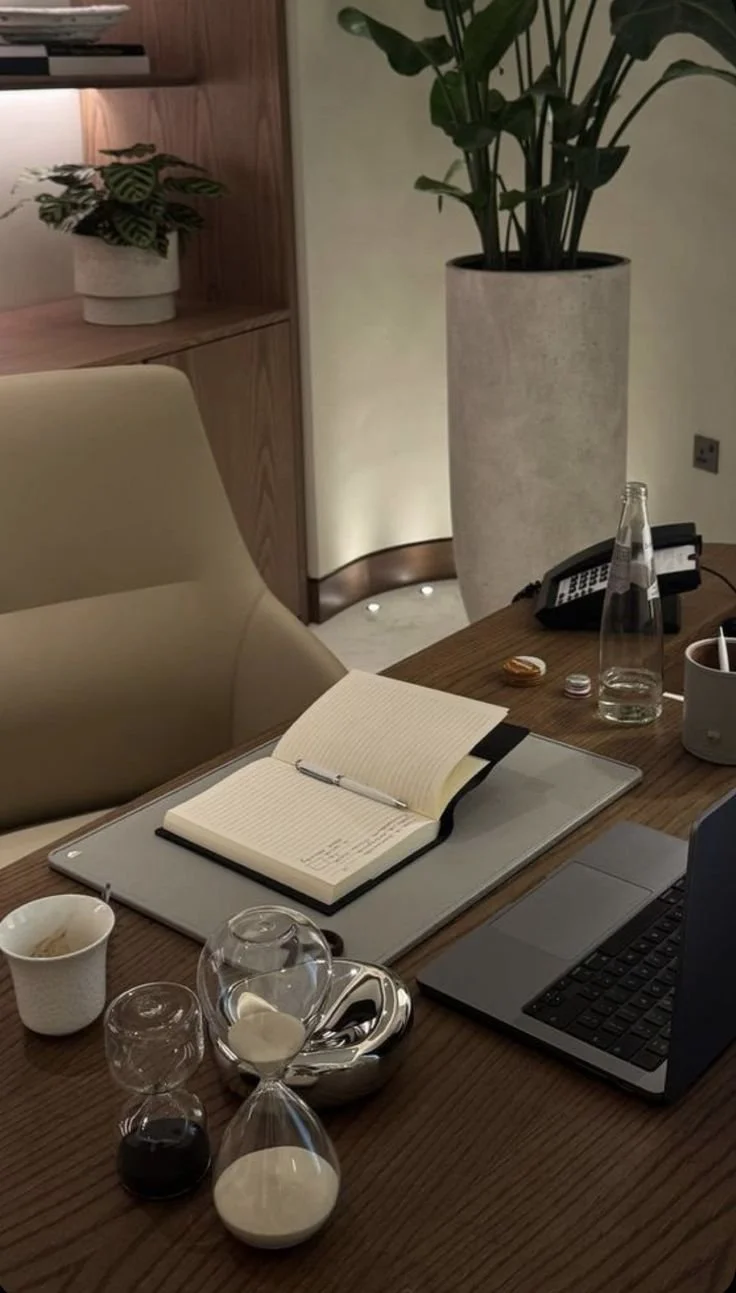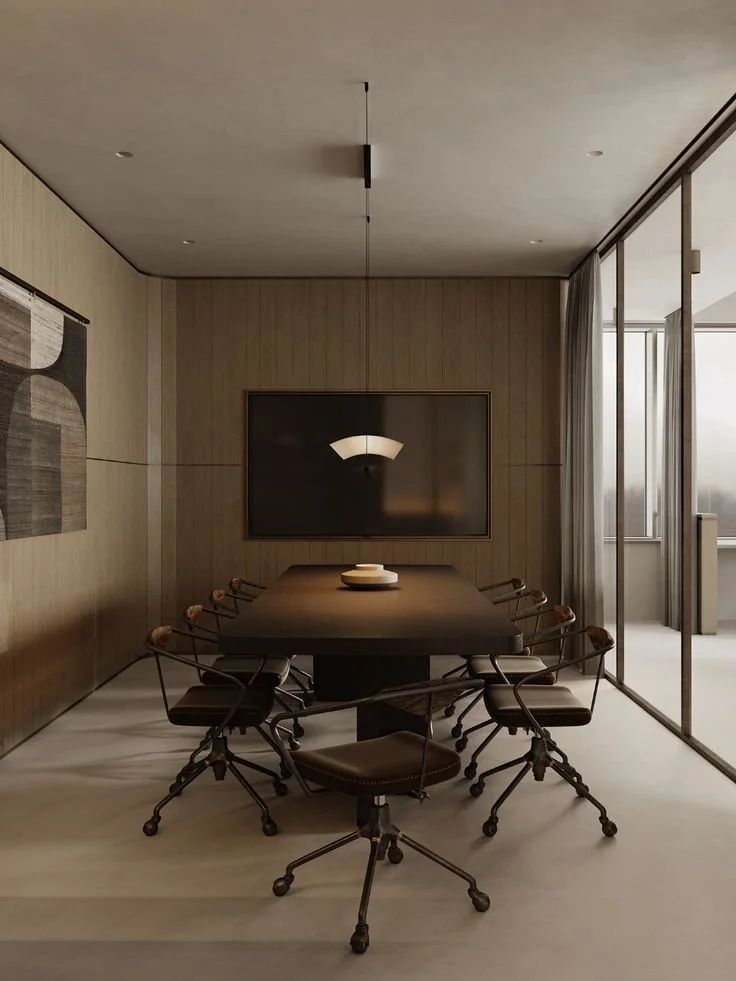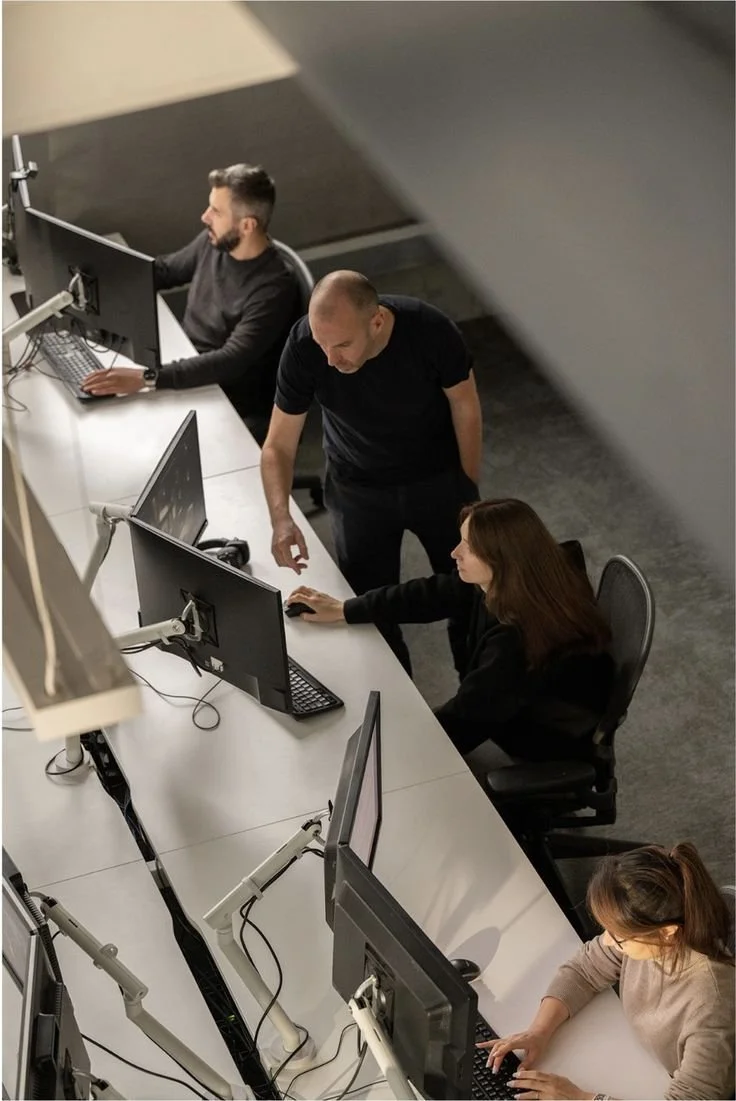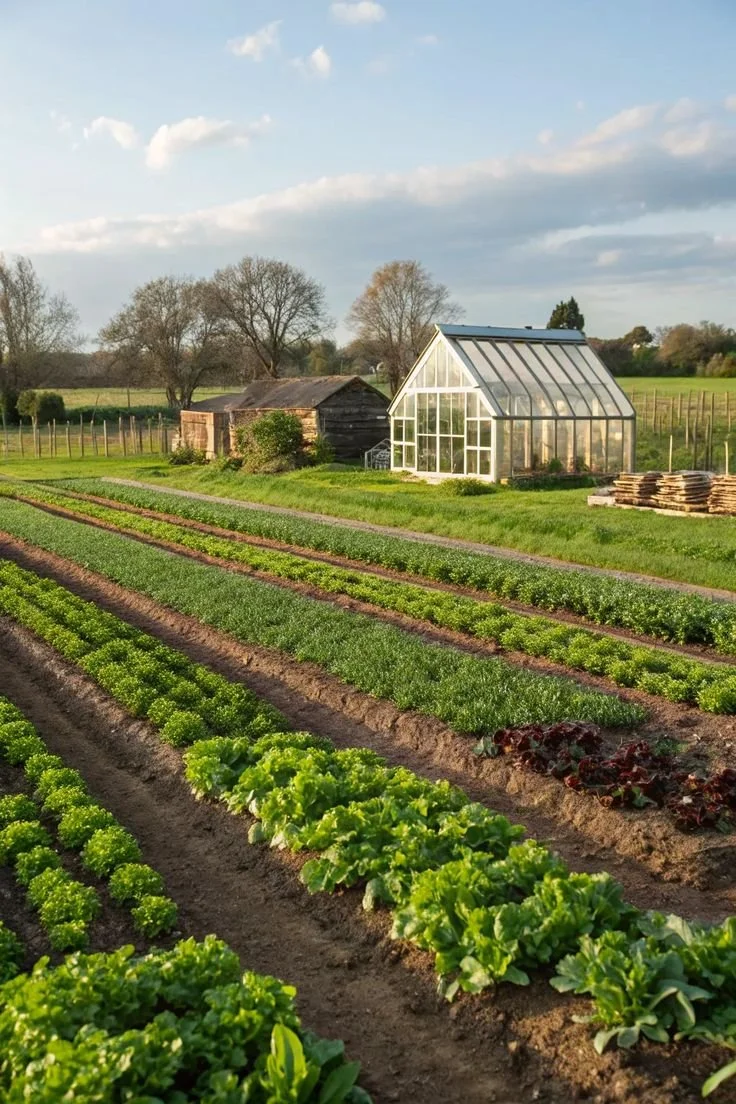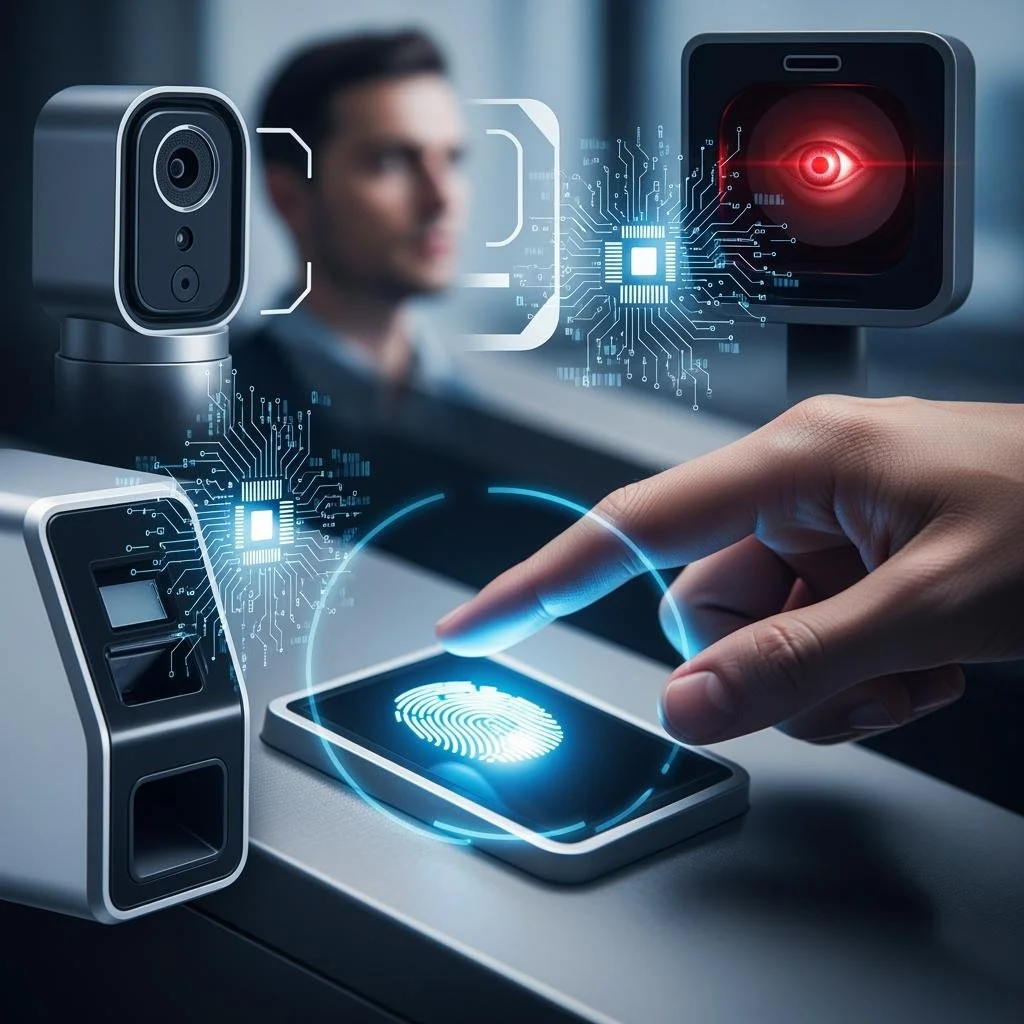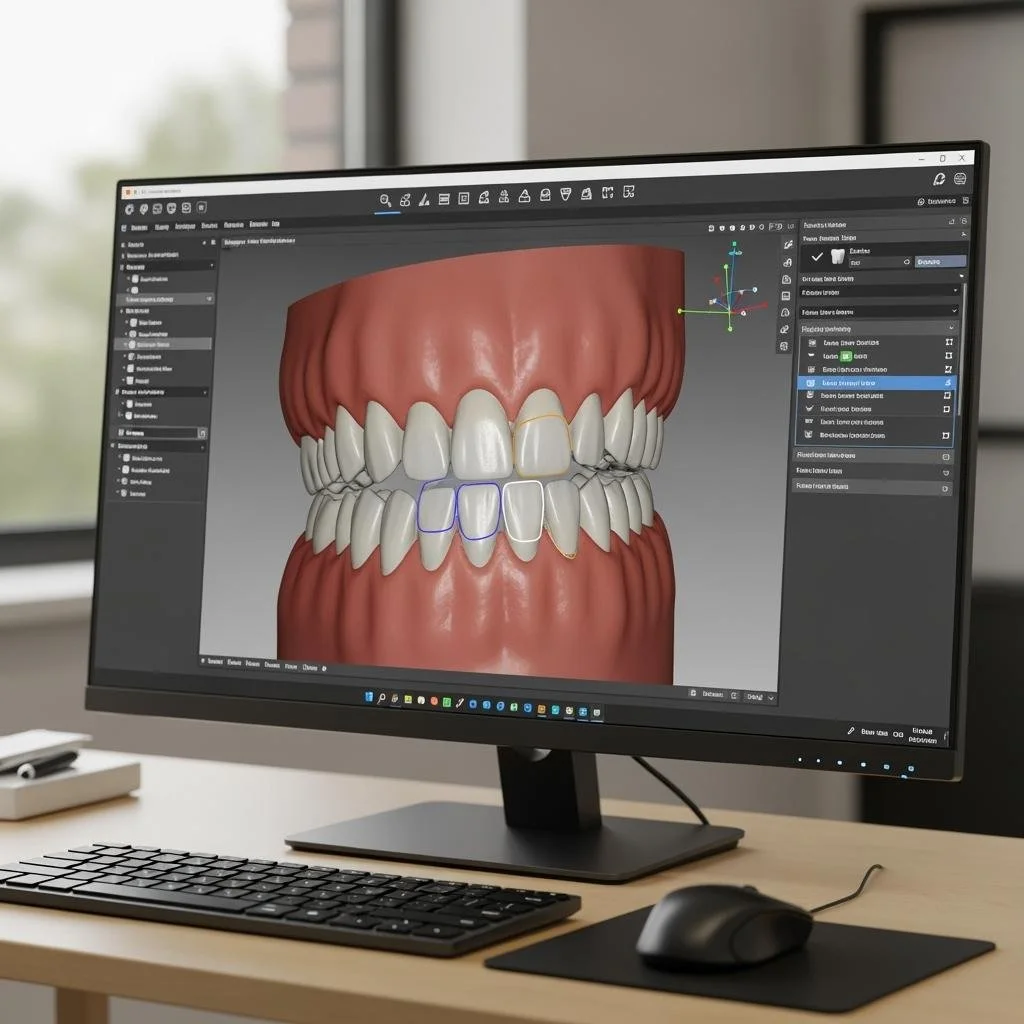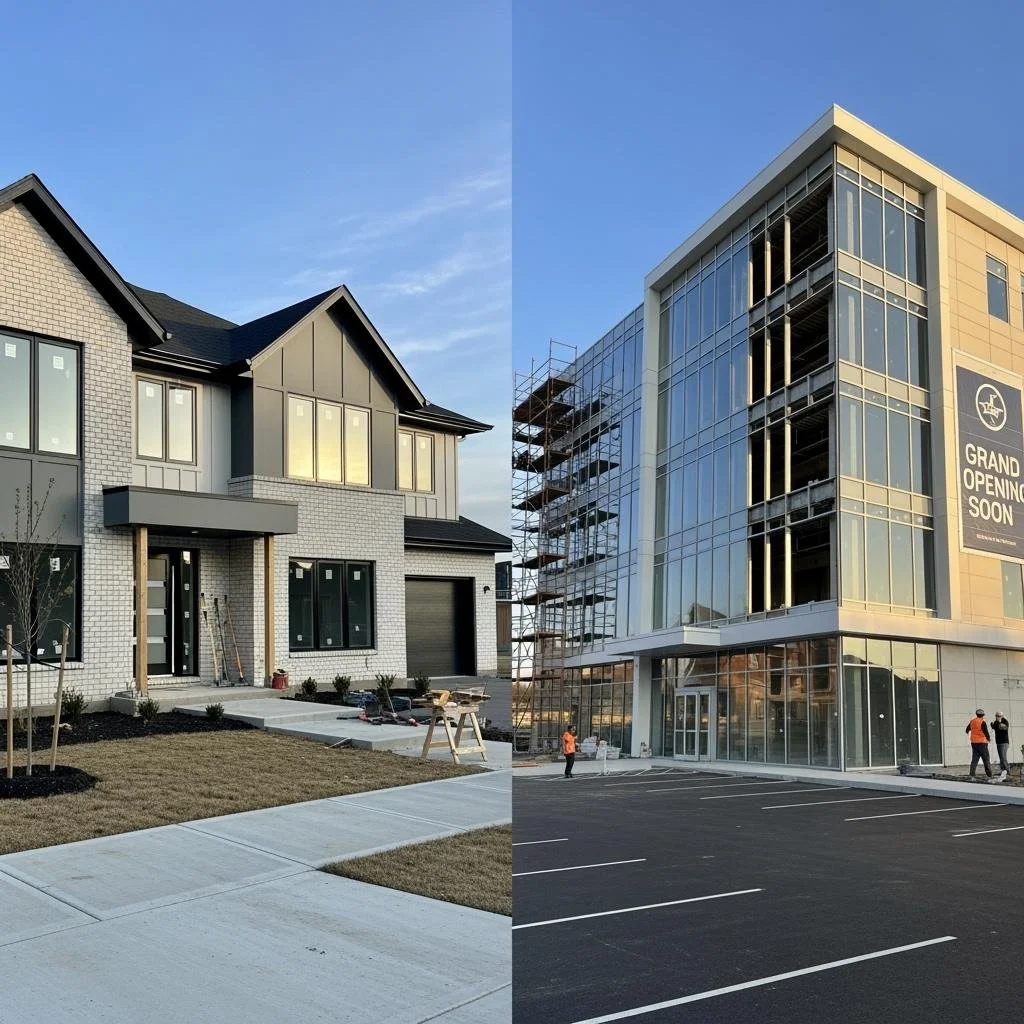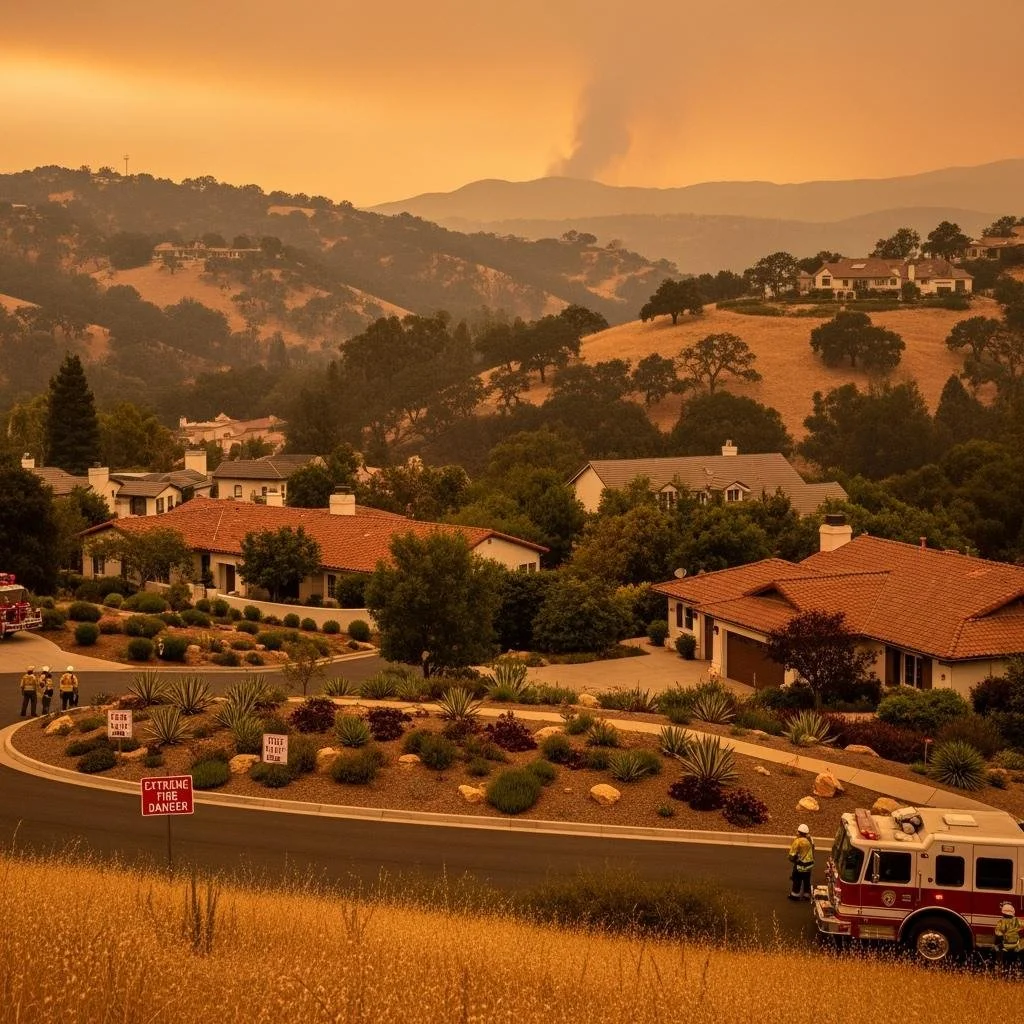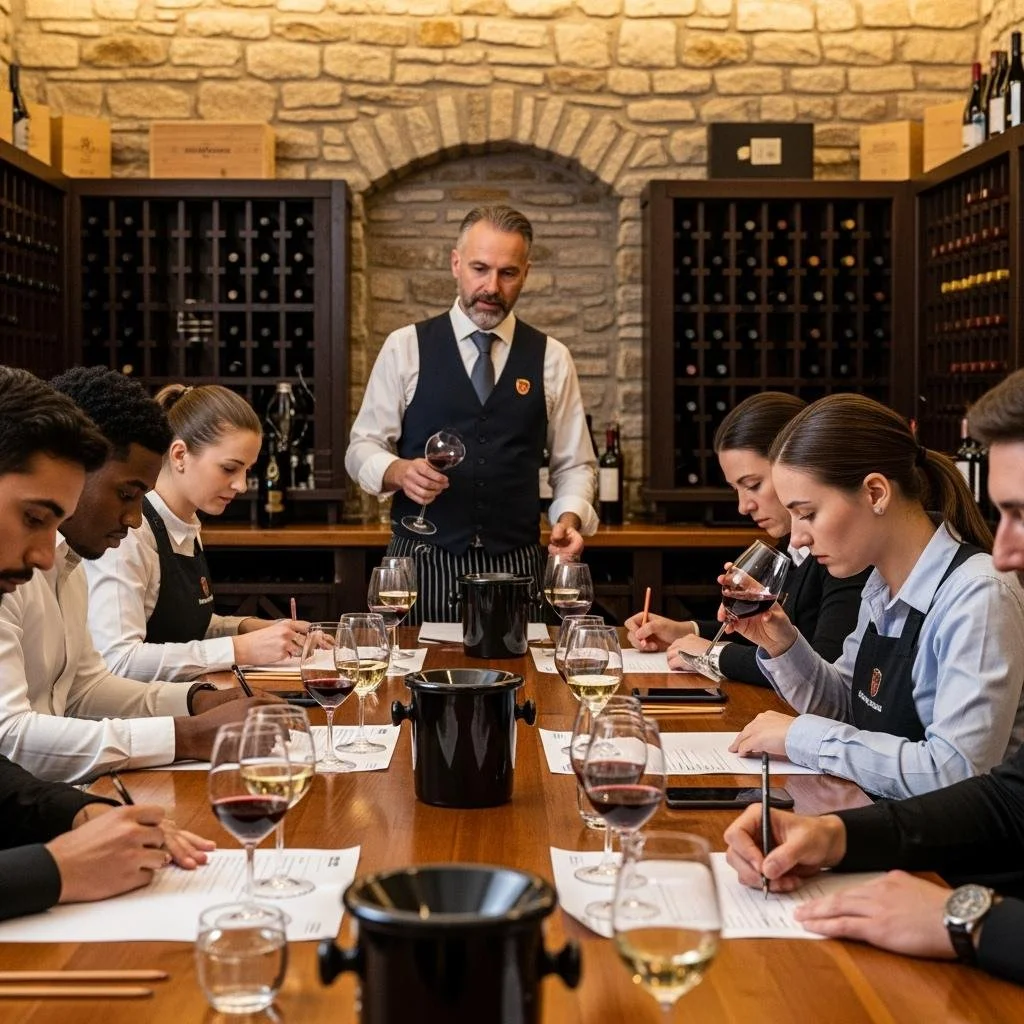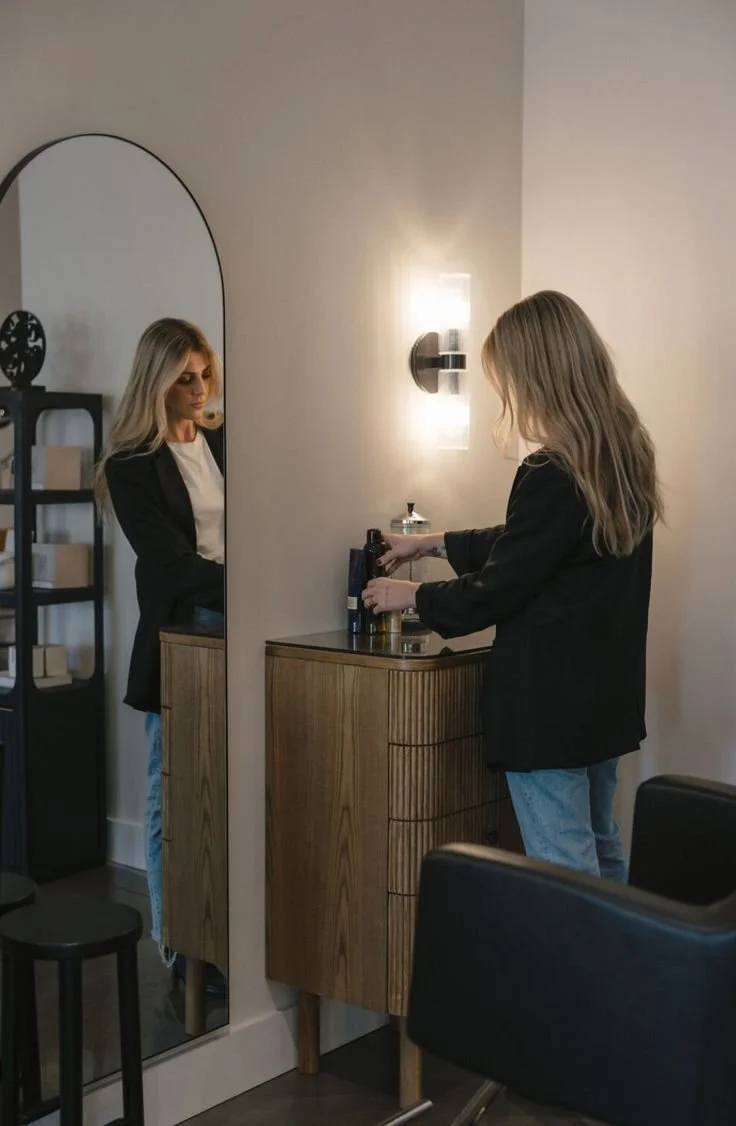The Secret Behind The Rise Of Office Cafeterias That Actually Impress
Office cafeterias have evolved far beyond their humble beginnings of plastic trays, soggy salads, and uninspired menus. In today’s dynamic workplace, they’re no longer just a convenient spot to grab lunch—they’ve become vital spaces that reflect a company’s culture, values, and commitment to employee well-being.
What was once considered a workplace perk is now a central pillar of the employee experience. As organizations increasingly prioritize comfort, health, and quality of life, the office cafeteria is undergoing a quiet yet remarkable transformation.
In this article, we share why modern office cafeterias are becoming culinary destinations in their own right—and how companies are leveraging food to create lasting impressions and stronger workplace communities.
No. 1
From Cafeteria to Culinary Hub
Gone are the days when office cafeterias existed solely to feed employees quickly and cheaply. Today’s workforce expects more—and businesses are responding with elevated dining experiences that rival local cafés and restaurants.
Modern office cafeterias now feature:
Café-style layouts with open kitchens
Rotating seasonal menus curated by professional chefs
Stylish interiors with natural lighting and comfortable seating
Live cooking stations and fresh, made-to-order meals
This transformation is driven by a growing demand for meals that are not just functional, but enjoyable. Employees want their lunch break to be a moment of pleasure and relaxation, not just a pit stop. The result? Cafeterias that feel more like trendy food halls than traditional workplace canteens.
No. 2
Quality Food Builds Office Identity
Food is more than fuel—it’s a form of storytelling. The ingredients, preparation, and presentation of meals communicate a company’s values and culture. Offering fresh, diverse, and thoughtfully prepared meals sends a clear message: we care about our people.
As a result, many businesses are partnering with specialized corporate cafeteria companies to design and manage dining programs that reflect their brand ethos. Whether the focus is sustainability, wellness, global flavors, or modern comfort food, the cafeteria becomes a living expression of what the company stands for.
In this way, the cafeteria is not just a place to eat—it’s an extension of the brand and a key component of the employee value proposition.
No. 3
A New Standard of Flexibility
Rigid lunch hours and one-size-fits-all meal options are relics of the past. Today’s office cafeterias are designed to accommodate how people actually work and eat.
Key features of modern cafeteria flexibility include:
Extended hours to support varied schedules
Grab-and-go stations for convenience
Multiple food stations offering global cuisine and customizable meals
Clearly labeled options for dietary needs (gluten-free, vegan, halal, allergy-friendly)
This level of personalization is no longer a luxury—it’s an expectation. Cafeterias that cater to diverse dietary preferences and work styles demonstrate a deep understanding of their workforce and a commitment to inclusivity.
Ergonofis
Office furniture and accessories designed in Canada. Discover high-end standing desks equipped with groundbreaking Swipe technology.
No. 4
Cafeterias as Social Engines
Modern workplaces recognize that collaboration doesn’t only happen in meetings—it thrives in casual, spontaneous moments. The cafeteria has emerged as a powerful social engine, fostering connection and creativity across departments.
Companies are intentionally designing cafeterias to encourage interaction, with features such as:
Long communal tables and open seating
Lounge areas for informal chats
Community lunch days or themed meals to spark conversation
These spaces promote organic dialogue, team bonding, and idea-sharing in ways that formal settings often can’t. In this context, food becomes a catalyst for culture-building and innovation.
No. 5
Meals That Encourage Return-to-Office
As hybrid work models become the norm, companies face a new challenge: making the office worth the commute. One surprisingly effective incentive? Exceptional food.
For employees accustomed to home-cooked meals or vibrant neighborhood eateries, a bland cafeteria won’t suffice. But a thoughtfully run dining space with rotating menus, high-quality ingredients, and a welcoming atmosphere? That’s a reason to come in.
By investing in food that feels intentional, nourishing, and satisfying, employers transform the office from a place of obligation into a destination of choice. This shift not only boosts morale but also enhances engagement and productivity.
Takeaways
The modern office cafeteria is no longer an afterthought—it’s a strategic asset. As companies strive to create workplaces that attract and retain top talent, food has emerged as a powerful tool for shaping culture, fostering connection, and enhancing the daily employee experience.
From flexible menus and inclusive dining options to beautifully designed spaces that encourage collaboration, today’s cafeterias are redefining what it means to eat at work. They’re not just serving meals, they’re serving meaning.
In an era where well-being, community, and purpose matter more than ever, the office cafeteria is proving to be one of the most impactful investments a company can make.
Looking for Business resources?
Are you seeking ways to elevate your business to new heights? Dive into the array of resources provided by our esteemed business partners designed to empower your ventures.




